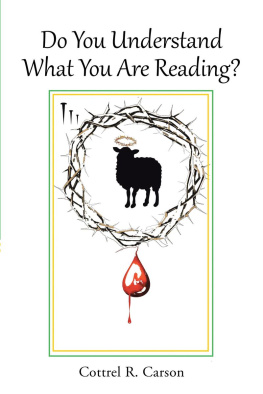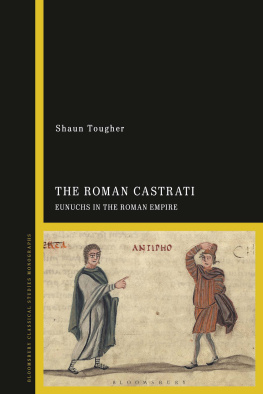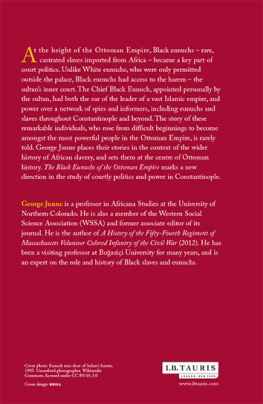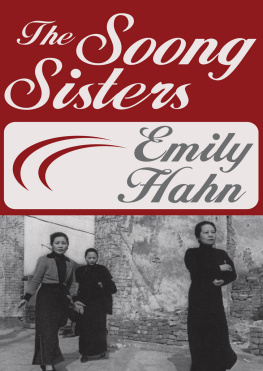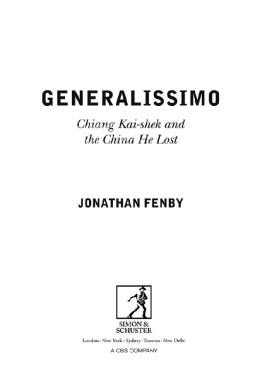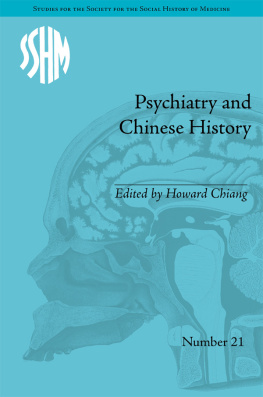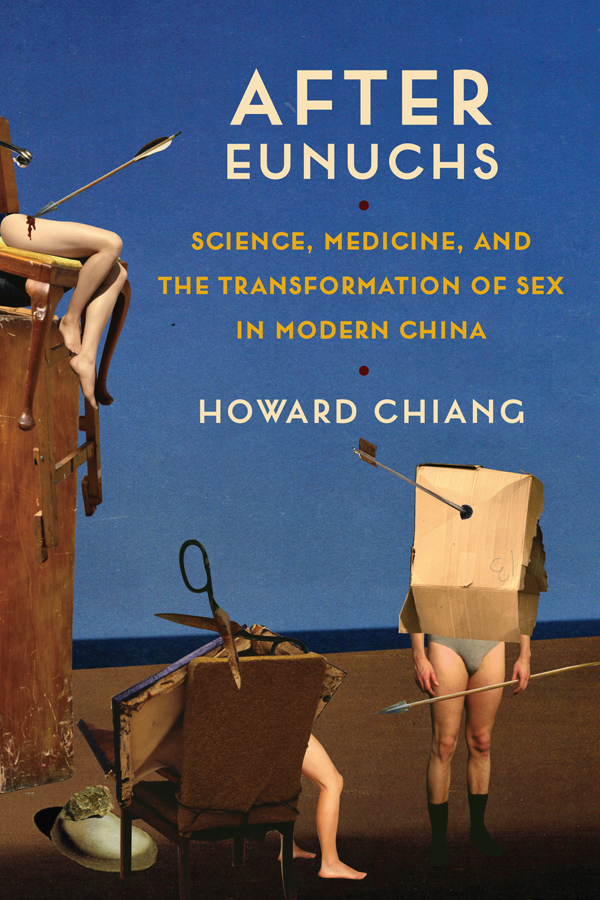Contents
Guide
Pagebreaks of the print version
AFTER EUNUCHS
After Eunuchs
SCIENCE, MEDICINE, AND THE TRANSFORMATION OF SEX IN MODERN CHINA
Howard Chiang
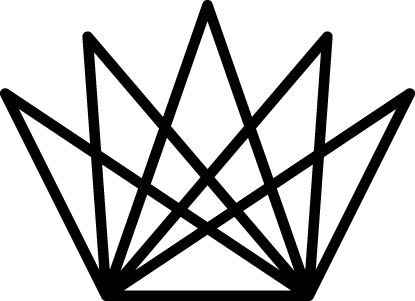
Columbia University Press
New York
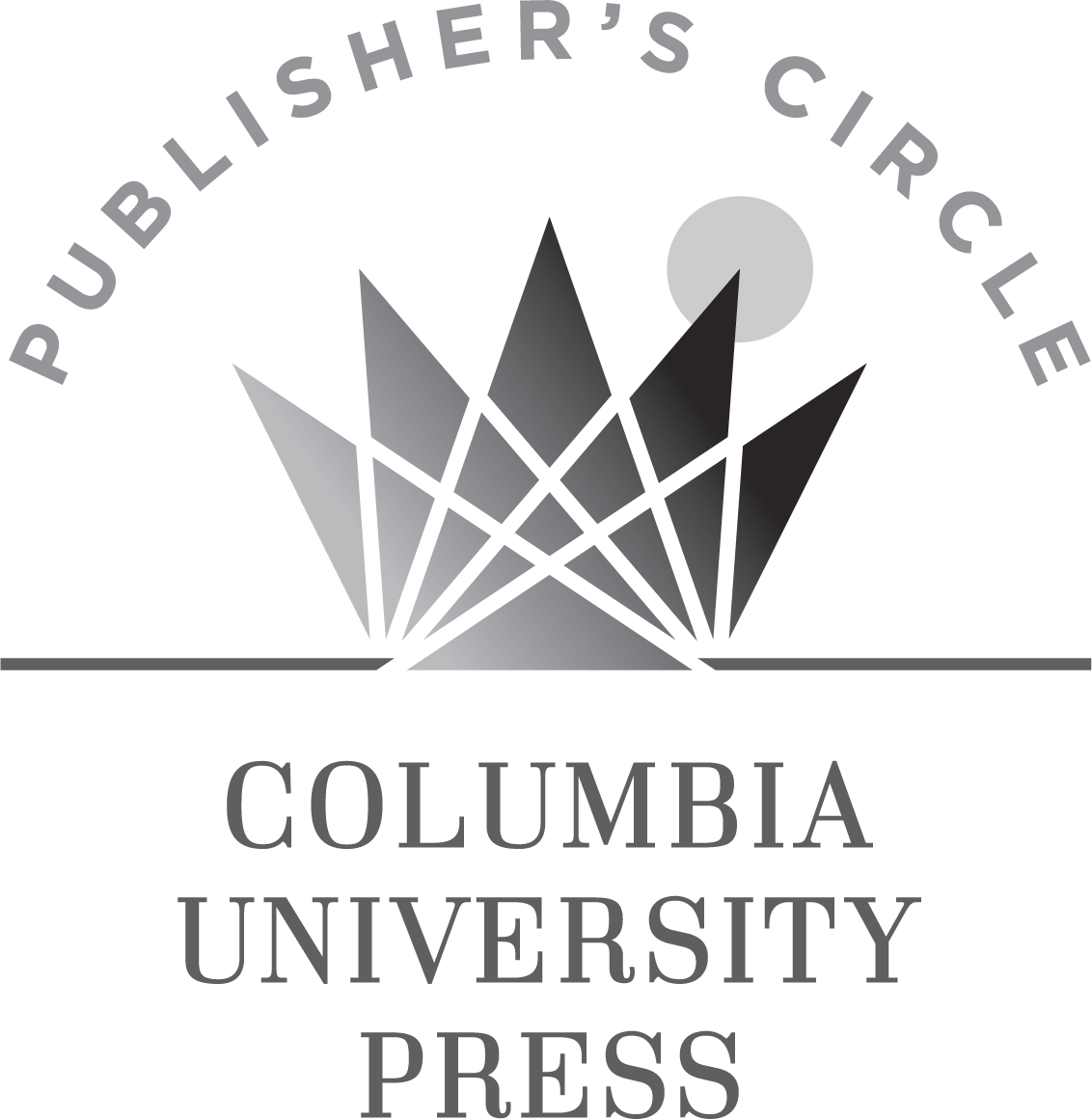
Columbia University Press gratefully acknowledges the generous support for this book provided by Publishers Circle member Dorothy Ko.

Columbia University Press
Publishers Since 1893
New YorkChichester, West Sussex
cup.columbia.edu
Copyright 2018 Columbia University Press
All rights reserved
E-ISBN 978-0-231-54633-1
Library of Congress Cataloging-in-Publication Data
Names: Chiang, Howard, 1983 author.
Title: After eunuchs : science, medicine, and the transformations of sex in modern China / Howard Chiang.
Description: New York : Columbia University Press, [2018] | Includes bibliographical references and index.
Identifiers: LCCN 2017055402 | ISBN 9780231185783 (cloth : alk. paper)
Subjects: LCSH: Gender identityChina. | Sex roleChina.
Classification: LCC HQ1075.5.C6 C45 2018 | DDC 305.30951dc23
LC record available at https://lccn.loc.gov/2017055402
A Columbia University Press E-book.
CUP would be pleased to hear about your reading experience with this e-book at .
Cover image: Social Manners in Secure, 2015, Raintree Chan. Used with permission of Raintree Chan.
For Hao-Te
Contents
Late Qing eunuch Sun Yaoting (left) and his biographer, Jia Yinghua (right). |
Ceramic figure of a eunuch servant from the Western Han dynasty. |
Ceramic figures of male (left), eunuch (center), and female (right) attendants from the Western Han dynasty. |
Drawing of a eunuchs castration site (1894). |
Photograph of a eunuch of the Imperial Palace in Peking (1896). |
Instruments used for Chinese castration (1896). |
Western medical images of Chinese eunuchs (1933). |
Photographs of eunuchs from the Qing Palace Archive. |
A hand-drawn replicate of Matignons eunuch photo (1908). |
Late Qing Shanghai lithograph How He Lost His Significance One Morning. |
Hobsons illustrations of male reproductive anatomy (1851). |
Hobsons illustrations of female reproductive anatomy (1851). |
Hobsons illustrations of the surgical treatment of scrotal hernia (1857). |
Diagram of the internal organs in Huangdi Neijing (side view). |
Diagram of the internal organs in Huangdi Neijing (front view). |
Hobsons diagram of organs visible from anatomical dissection (1851). |
Diagram of the kidneys in Huangdi Neijing . |
Ci and xiong morphology of Echuria (spoon worm) and spider (1926). |
Ci and xiong morphology of argonaut and grasshopper (1926). |
Ci and xiong morphology of salamander and yusha fish (1926). |
Ci and xiong morphology of Lampyridae (firefly) (1926). |
The Morphological Differences Between Ci and Xiong Animals (1945). |
Zhus anatomical diagrams of male and female reproductive organs (1928). |
Lis anatomical diagrams of the female reproductive system (1937). |
Chens anatomical diagrams of male and female reproductive organs (1937). |
Chais anatomical diagrams of male and female reproductive organs (1928). |
The Pelvises of men and women (1937). |
The Gynandromorphism of Silkworms and Fruit Flies (1945). |
The Intersexuality of Tussock Moths and Butterflies and the Gynandromorphism of Bees (1945). |
The Morphology of Sex-Transformations in Human Reproductive Organs (1945). |
Liu and Lius clinical photograph of human hermaphroditism I: Morphological visualization of sex (1953). |
Liu and Lius clinical photograph of human hermaphroditism II: Anatomical visualization of sex (1953). |
Liu and Lius clinical photograph of human hermaphroditism III: Subcellular visualization of sex (1953). |
Front cover of the Japanese translation of The Carnal Prayer Mat (1705). |
Magnus Hirschfelds lecture with the Chinese Womens Association in Shanghai (1931). |
Front cover of Sex Magazine 1, no. 2 (1927). |
Front cover of Sex Science 1, no. 6 (1936). |
Pan Guangdan (18991967). |
The table of contents of the Sex Science special issue on homosexuality (1936). |
The Genital Area of Female Pseudo-Hermaphrodites (1928). |
The Portrait of the Female Pseudo-Hermaphrodite, Nagdalena Lefort (65 Years of Age) (1928). |
Yao Jinpings Female-to-Male Transformation (1935). |
Yan Fuqing (18821970). |
Late Qing lithograph A Filial Daughter Becomes a Man (1893). |
Xie Jianshun after the first operation ( United Daily News , August 22, 1953). |
L Jinde in male appearance, on the left, and female attire, on the right ( United Daily News , September 25, 1953). |
Liu Min ( United Daily News , December 13, 1954). |
The success of Xie Jianshuns transformation ( Central Daily News , September 9, 1955). |
Xies new public image after transition ( China Times , October 10, 1956). |
O ver the years I have incurred many debts, undoubtedly many more than what I will be able to acknowledge here. My most heartfelt thanks go to my PhD advisors, Benjamin Elman and Angela Creager. The reading seminar that I took with Ben on the history of East Asian science marked a point of no return in my journey as a scholar. At that juncture of my intellectual curiosity, his erudition proved to be a most fitting shoulder for my obsession with pluralist interpretations of the pastfar more and richer than what I have been able to absorb. Similarly, the unparalleled support that I received from Angela made the History of Science Program at Princeton a comfortable second home. Although I ultimately changed the geographical focus of my research, Angelas versatilityas revealed in academic contexts and otherwiseguided me through difficult times and made possible exciting moments in my doctoral study. Even though they granted me a great deal of liberty in the process of completing my dissertation, they always knew when and where to push me, when and where to encourage me, and how to make me come to terms with the shortcomings of my writing. Their wise counsel, intellectual freedom, and unwavering support will continue to inspire me in the future. I will consider it a success if I can achieve even a fraction of what they have accomplished. This book takes an important first step in that direction.


